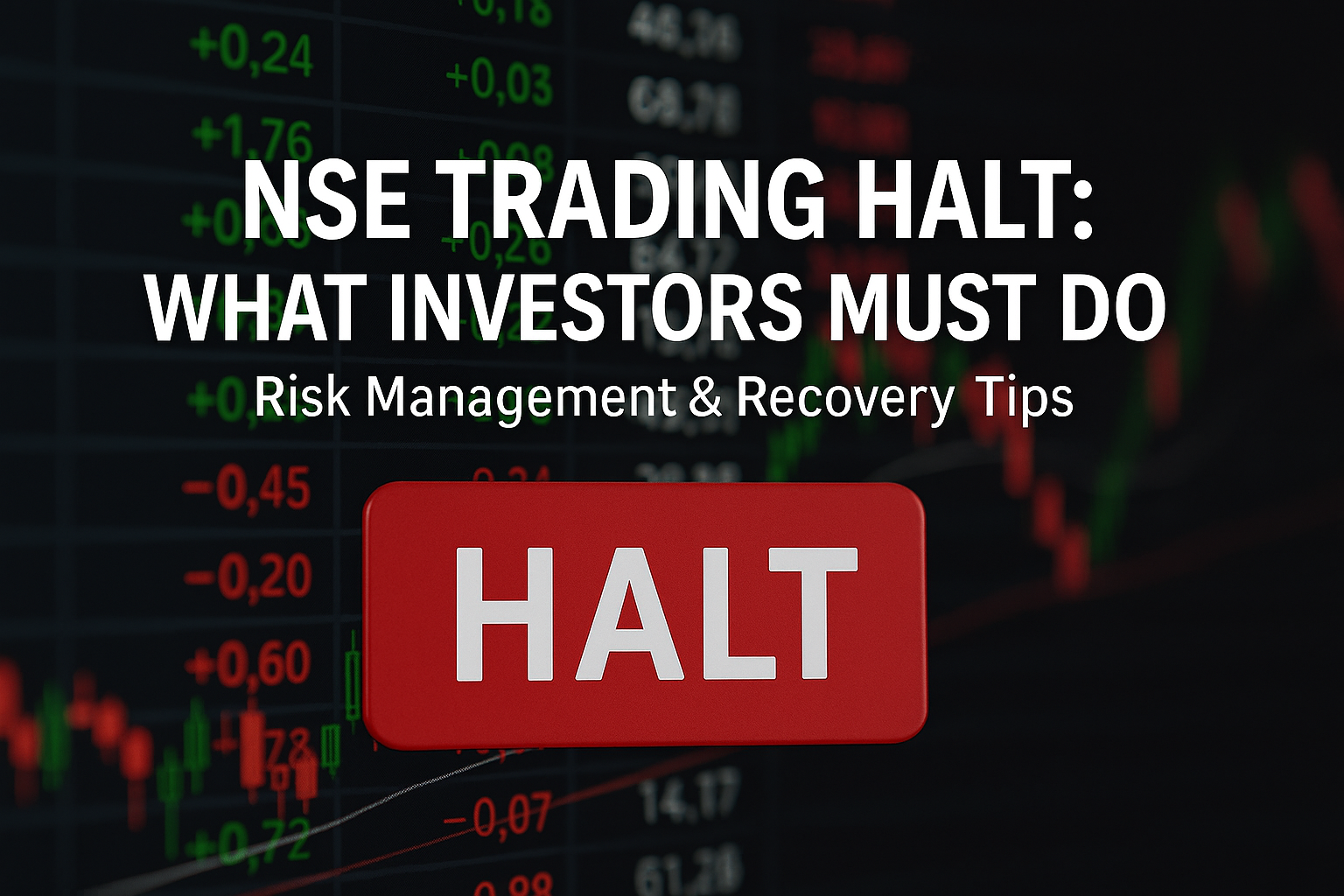Announcement: Lorem ipsum dolor sit amet, consectetur adipiscing elit. Donec et quam blandit odio sodales pharetra.
What are the best ways to handle such a situation in future?
On 24 February, the NSE price feeds in the F&O trading stopped updating after 10.00 am. At around 11.40 am, the NSE officially declared that trading shall stay halted till further notice. While the loss figure is not clear, it is time to think about ways to handle this better.

Table of Content
Better communication lines
One thing that even SEBI pointed out was that the communication flow with the members was extremely patchy. For example, price feeds stopped updated after 10.00 am but the exchange gave an official announcement only around 11.40. Most members and traders were left in the limbo during the intervening period. The problem got compounded as it was the day before F&O expiry and that is normally when the pressure to square off F&O positions as well as to roll over to next month is at a peak. The silence added to the entire uncertainty. Then there was the larger issue of why the redundancy system at the disaster recovery site was not activated. It was only after 24 hours that the NSE put out a communication that trading was not disrupted but only the risk management systems had been impacted as a result of which the trading had to be halted. Obviously, if these communications had come in earlier, it would have saved a lot of blushes for the traders and the members. Many of the large brokers had to undergo a harrowing time from clients over their open F&O positions.
How about cross trading?
This is something that a lot of experts, including the ANMI, has been putting forth. Cash market positions are easy to trade seamlessly across both stock exchanges. However, futures contracts, especially on the indices are unique to each exchange. Also, NSE has a bigger share of the F&O volumes and hence they may see any such arrangement as a threat to their leadership. However, this is a solution that is worth looking at in an emergency situation. For example, shorts would have got stuck because the forced short covering resulted in a sharp rally across stocks. In such situations, the exchanges can jointly formulate a system wherein such open positions can be closed out at a likely theoretical price, if not the actual price so that losses can be curtailed.
Invest in technology
The Economic Times had pointed out that one long term solution could be to encourage more investments in the tech area by the NSE. In the last few years, the pressure on NSE due to the algo/order case and the holding of profits in escrow has reduced their ability to invest in enhancing their technological edge. In the last 15 years, the stock markets have become largely institutional with focus on algorithmic trades, high frequency trades, low latency trading etc. Tech investments perhaps need to keep up pace.
Comments